Estimating Products
[include_netrun_products_block from-products="product/6-south-carolina-sc-ready-grade-3-math-practice-tests/" product-list-class="bundle-products float-left" product-item-class="float-left" product-item-image-container-class="p-0 float-left" product-item-image-container-size="col-2" product-item-image-container-custom-style="" product-item-container-size="" product-item-add-to-cart-class="btn-accent btn-purchase-ajax" product-item-button-custom-url="{{url}}/?ajax-add-to-cart={{id}}" product-item-button-custom-url-if-not-salable="{{productUrl}} product-item-container-class="" product-item-element-order="image,title,purchase,price" product-item-title-size="" product-item-title-wrapper-size="col-10" product-item-title-tag="h3" product-item-title-class="mt-0" product-item-title-wrapper-class="float-left pr-0" product-item-price-size="" product-item-purchase-size="" product-item-purchase-wrapper-size="" product-item-price-wrapper-class="pr-0 float-left" product-item-price-wrapper-size="col-10" product-item-read-more-text="" product-item-add-to-cart-text="" product-item-add-to-cart-custom-attribute="title='Purchase this book with single click'" product-item-thumbnail-size="290-380" show-details="false" show-excerpt="false" paginate="false" lazy-load="true"]
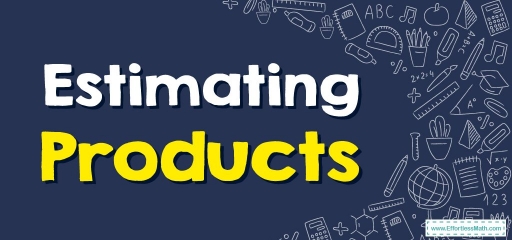
Multiplication is meant to help you find the product or the answer to the multiplication problem. However, at times you wish to receive a result ‘close enough’ yet not exact. An example of the reason for estimating is to spot serious errors in your calculations. For additional educational resources, .
It’s possible to utilize estimation to compare something, as well as check out your work, and assist with tougher problems. You can merely use estimation for those issues.
There are \(2\) skills required to estimate products: Using rounding as well as multiplying by zeroes. Here is a better way to show you how this is done.
Related Topics
How do you do estimating of products?
Using Rounding
Whenever something gets rounded, you adjust the numerals so it is simpler to use them whenever you’re doing a calculation. It’s possible to round a number to the closest ten, as well as the closest hundred, and so on.
STEP one: Whenever you round to the closest ten, check out the numeral on the right of the tens position.
STEP two: If the number is five or higher, raise the numeral in the tens spot by one, then change the numeral in the one’s spot to \(0\).
STEP three: If the number is lower than \(5\), leave it in the tens spot as it is, and then change the numeral in the one’s spot to \(0\).
STEP four: Now it’s possible to multiply the subsequent numerals by each other.
Multiplying using Zeroes
If you want to multiply numbers using zeroes, first you must multiply the numbers without a zero together. After that, write down the number of zeroes you get in the problem and move them to the end of the solution.
Estimating Products – Example 1:
Estimate the product.
\(32 × 47=\)____
Solution:
First, round \(32\) to the closest ten. Check out the numeral on the right of the tens position. It is \(2\) and this number is lower than \(5\). So, \(32\) is rounded down to \(30\). Do the same for \(47\). Then \(47\) is rounded up to \(50\). Now multiply two result together: \( 30 × 50= 1,500\)
Estimating Products – Example 2:
Estimate the product.
\(74 × 65=\)____
Solution:
First, round \(74\) to the closest ten. Check out the numeral on the right of the tens position. It is \(4\) and this number is lower than \(5\). So, \(74\) is rounded down to \(70\). Do the same for \(65\). Then \(65\) is rounded up to \(70\). Now multiply two result together: \( 70 × 70= 4,900\)
Exercises for Estimating Products
Estimate the products.
- \(\color{blue}{41 ×57}\)
- \(\color{blue}{66 × 82 }\)
- \(\color{blue}{93×28 }\)
- \(\color{blue}{ 72 × 35 }\)
- \(\color{blue}{2,400}\)
- \(\color{blue}{5,600 }\)
- \(\color{blue}{2,700 }\)
- \(\color{blue}{ 2,800 }\)
Related to This Article
More math articles
- How to Find Unit Rates and Rates?
- GED Calculator
- Full-Length SSAT Middle Level Practice Test-Answers and Explanations
- Full-Length 8th Grade ACT Aspire Math Practice Test
- 6th Grade IAR Math Practice Test Questions
- How to Use Models to Multiply Two Fractions?
- 5th Grade ILEARN Math Worksheets: FREE & Printable
- Top 10 6th Grade ACT Aspire Math Practice Questions
- Full-Length 7th Grade MCAS Math Practice Test-Answers and Explanations
- Improper integrals: Everything A Beginner Needs to Know



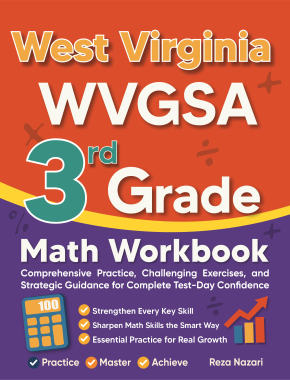
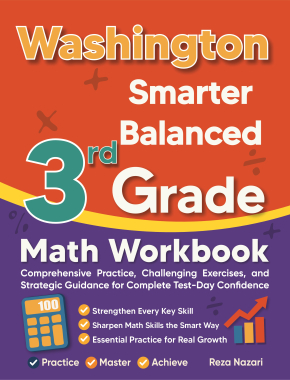
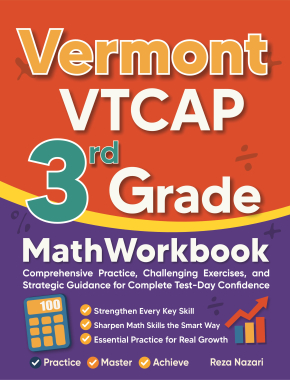
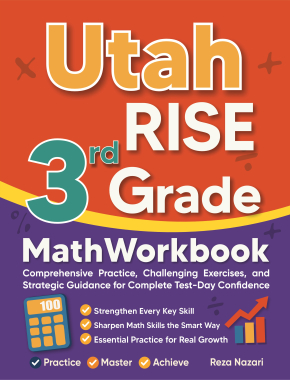
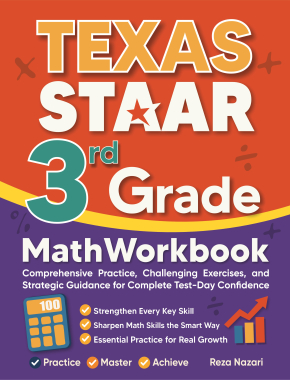
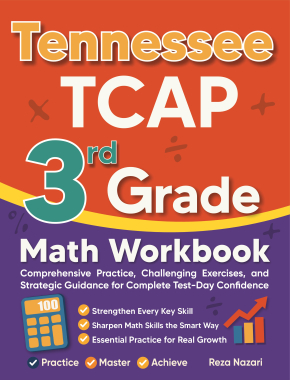
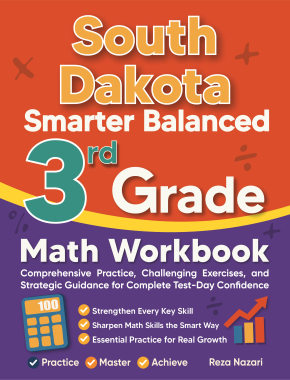
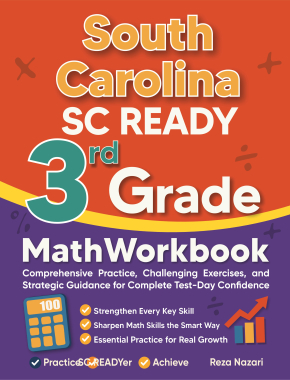
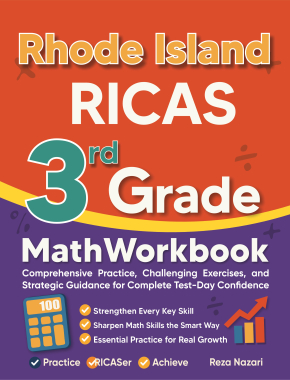

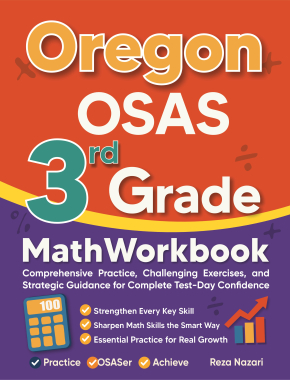
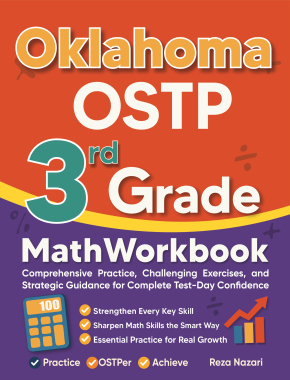
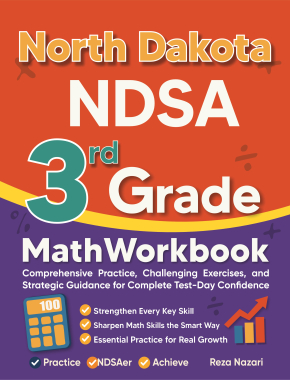
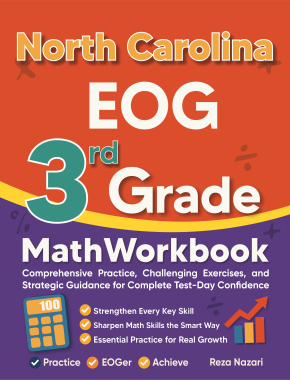




















What people say about "Estimating Products - Effortless Math: We Help Students Learn to LOVE Mathematics"?
No one replied yet.